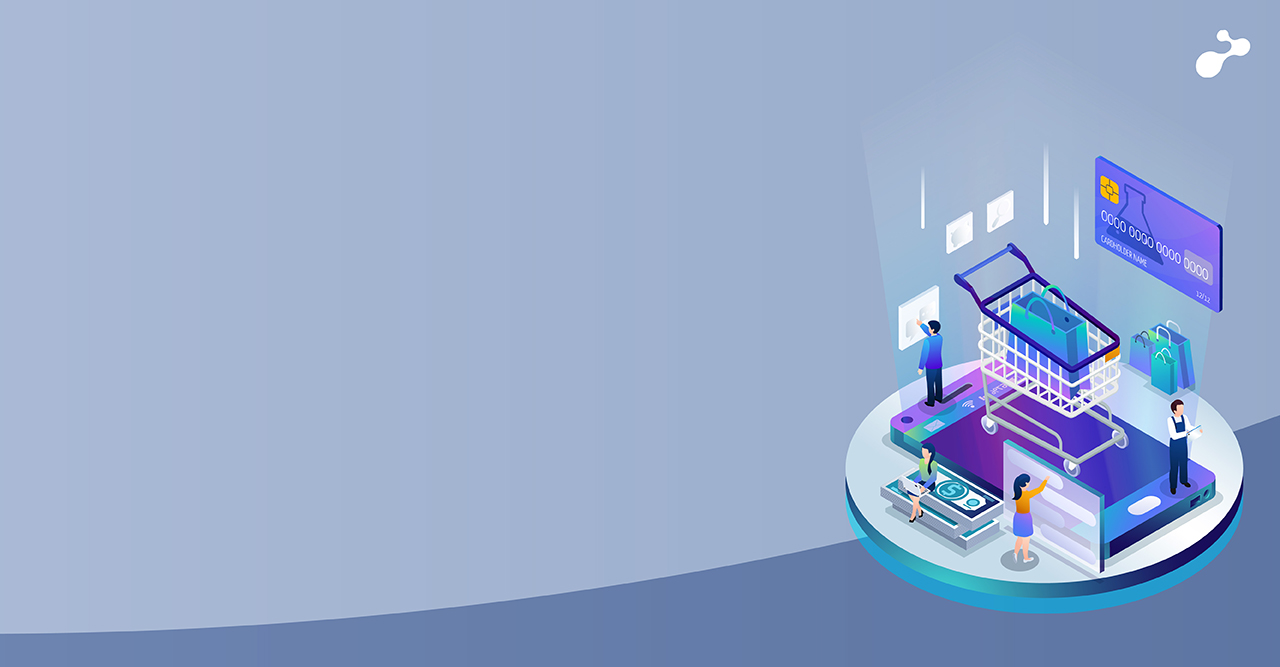Innovation plays a key role in every business. Developing a system of reference for design and development is important in order to make sure brand integrity across devices, channels, and apps.
And guess what there come design systems into a play. Design systems aid to streamline the product process and make it more predictable and transparent. In short, it helps teams within a firm to collaborate and keep work consistent and uniform to offer the best User Experience (UX).
Before diving into how a design system help boost your business, let’s understand what is a design system?
What is a Design System?
A design system is a set of conceptual principles and guidelines that come with a collection of reusable user interface and visual design elements that can be combined to create a variety of applications. In short, it is a living system that adapts and evolves with your business and product.
When I heard about the design system, I was just thinking of another easy approach to maintaining and document style guides but it’s more than that it actually helps the whole organization to have a well-maintained component library which saves a lot of precious time for upcoming projects.
A component library or we can say “a User Interface (UI) kit” is a collection of UI-focused components such as widgets, buttons, or others. Thus, helping teams to develop consistent, UI-friendly designs more rapidly.
It made me keen to know more about design system components. (Components are building blocks for any digital product which help to structure and create a seamless experience across products and platforms)
Below is a detailed illustration of the elements in the design system:
 How it will help your business?
How it will help your business?
The major aim of the design system is to help assist teams that are working on a common product and enhance product efficiency. It allows teams to develop a product that is better and faster. Thus, helping your business not only gain a competitive edge but also help retain old consumers and entice newer ones while lowering support costs.
It helps businesses to facilitate the work of the teams by:
Saving time
- The design system will help reduce time with the comprehensive common component library to use across multiple digital products/platforms
Reducing cost
- The common component library helps your teamwork exceptional at scale by making sure a smooth design-to-development handoff, centralizing your brand across all platforms, minimizing collaboration and communication challenges, and speed-up production thus saving overall cost
Speak a common language
- When you are using a common library, it brings parity in your products and a seamless experience for the users
Scale business
- When you are saving time and money by speaking a common language within the team will help you scale your products
Many people are working or have been working on the same projects and problems, and each person finds their solution and will adjust problems their way. It can thus result in an incoherent experience for the user when it comes to using the product.
A design system is a set of deliverables that evolves constantly with the businesses, products, tools, and new technologies which help craft a seamless experience for the users.
“Design is so simple that’s why it’s so complicated” - Paul Rand





